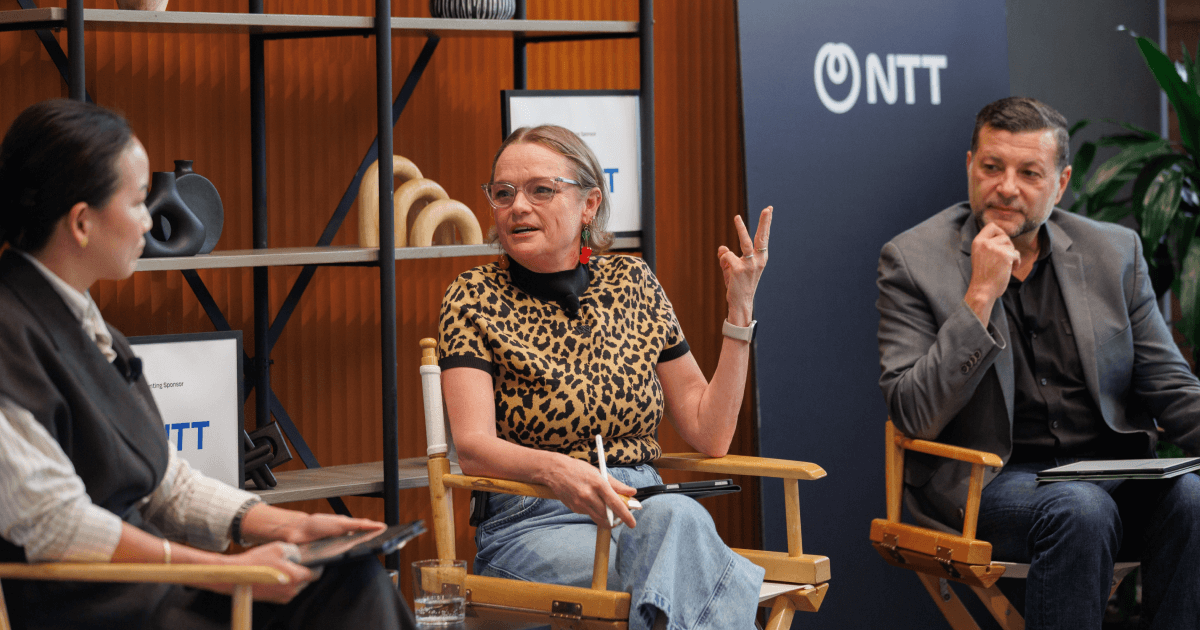Gran crecimiento, mayores desafíos: estrategias de liderazgo para organizaciones en crecimiento


Opportunities – the good ones – are messy, confusing and hard to recognize. They're risky. They challenge you. — Susan Wojcicki
Growth is a sign of success, a testament to resilience, and a marker of progress. As organizations expand and scale, they embark on a journey that brings new opportunities, challenges, and dynamics to the forefront. Navigating them all requires an evolution in the ways these organizations communicate, make decisions, and uphold their vision.
This week on Catalyst, Launch by NTT DATA’s Chris LoSacco and Gina Trapani delve into the gauntlet of navigating product leadership amidst organizational expansion. Check out the highlights below, then dive into the full episode to explore key strategies that leaders and teams can use to ensure success in the face of change.
Scaling Communication and Vision
As organizations grow, the mechanisms for communicating vision and direction must adapt. Informal, one-on-one conversations in smaller teams will need to shift to a more structured approach.
Overcoming Resistance and Inertia
In a larger organization, you’re going to encounter fear of disruption and comfort with the status quo. Overcome resistance to change by building alliances and connections.
Balancing Data and Gut Instinct
Sometimes a hunch is valid! Data should be a strong factor in decision making, but there's also a place for intuition and gut feelings, especially when data is lacking or incomplete.
Leadership and Vision
To align your decision making with your organization’s vision, values, and business goals, you must clearly define those aspects.
Influence and Compromise
Core to the "sphere of influence" is focusing on areas where you can make the most impact and change. This requires strategic choices about where to allocate resources and efforts, balancing between compromise and pushing for significant changes.
Incremental Progress and Design
Don’t underestimate little wins! Leverage the power of incremental progress and the impact of focusing on smaller, achievable improvements rather than attempting to tackle large projects all at once.
Leadership and Influence
We know just how hard it is to drive change in larger organizations. To be an impactful leader, you must be willing to challenge the status quo and be able to navigate the politics of large organizations, while also knowing how to pick your battles.
As always, don’t forget to subscribe to Catalyst wherever you get your podcasts! We drop a new episode every Tuesday, and each one is jam-packed with catalysts for digital experiences that move millions.





